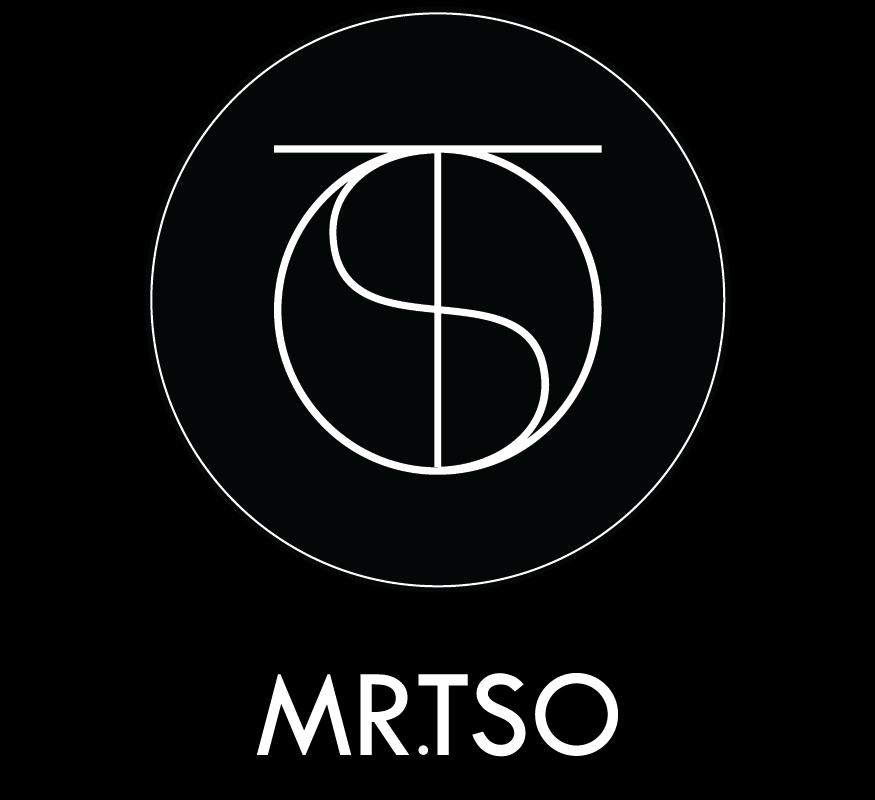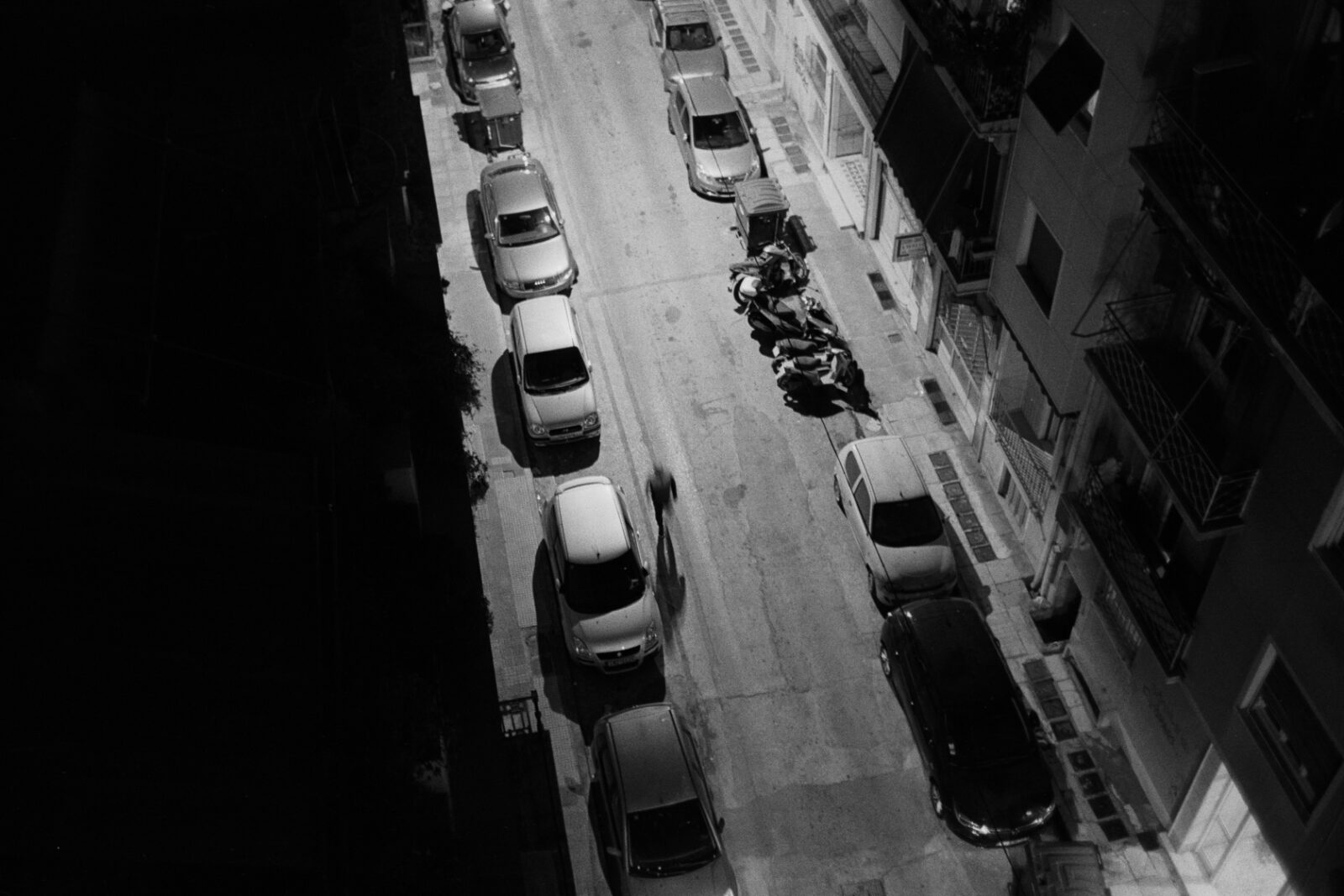I’m jotting down this post for personal use, as I’m trying to fine-tune my shooting and development process for Ilford HP5+ on the Leica M7.
After years of developing black and white film at home, I think it’s safe to say I’ve settled to Kodak XTOL as my favorite developer at 1:1. Sometimes it’s a bit temperamental, but it gives me the best fine grain results, coupled with pleasant tones. Personally, I’d love to have the tones I get from D76 with XTOL’s fine grain, but we can’t have it all. As I’ve stated many times before, I’d love to be able to only shoot KODAK TMAX 400 (my favorite stock and a T-grain film at that), but, alas, it’s gotten too expensive and I like to shoot a lot, so I’ve settled for HP5+ (which has always been a close second for me anyway). Lately, I have gotten my favorite results from HP5+ by shooting it at around ISO 800. What I’ve been trying to tweak is the way I use the built-in meter on the M7, which can be quite tricky, especially coupled with the 35mm Summicron, when it’s basically close to a spot meter. For this test roll, I decided beforehand to develop it as ISO 800 in XTOL 1:1 (14:15 mins @ 20°C), but shoot it three different ways, first by metering it as ISO 640, then as ISO 800 and then as ISO 400. Granted, I ended up doing things a bit in reverse, cause I ended up overexposing at night, when I needed to be underexposing (at least according to the M7 manual and spot meters in general). Here are the results.
Metered @ ISO 640




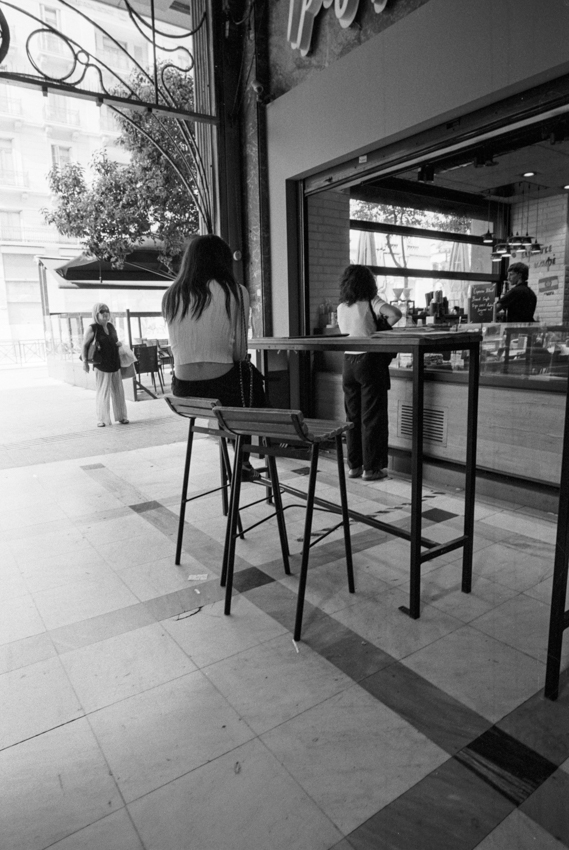






Metered @ ISO 800
a selfie, complete with creepy tooth grimace & water stain:




here’s two shots of the same (empty) sign. the 1st one is metered ON the sign, the second below, in the dark area. The “spot” meter in work:

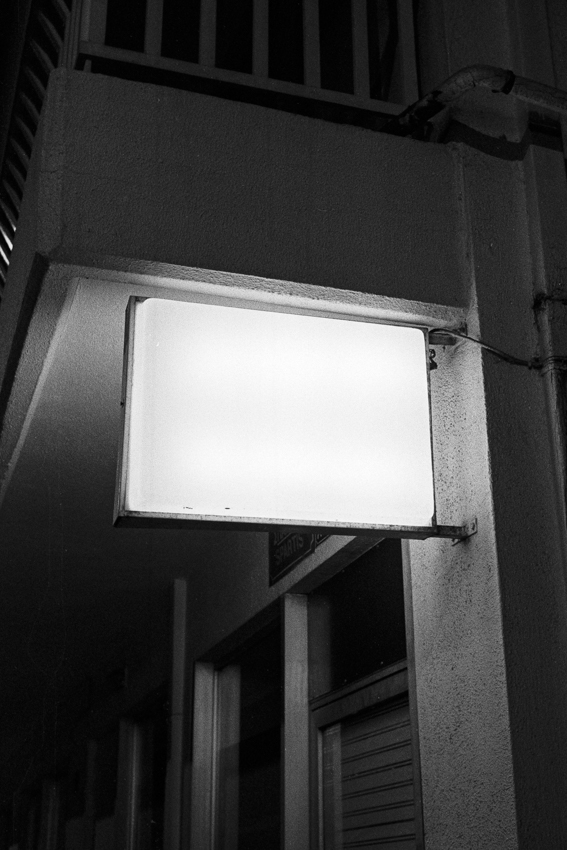

Metered @ ISO 400

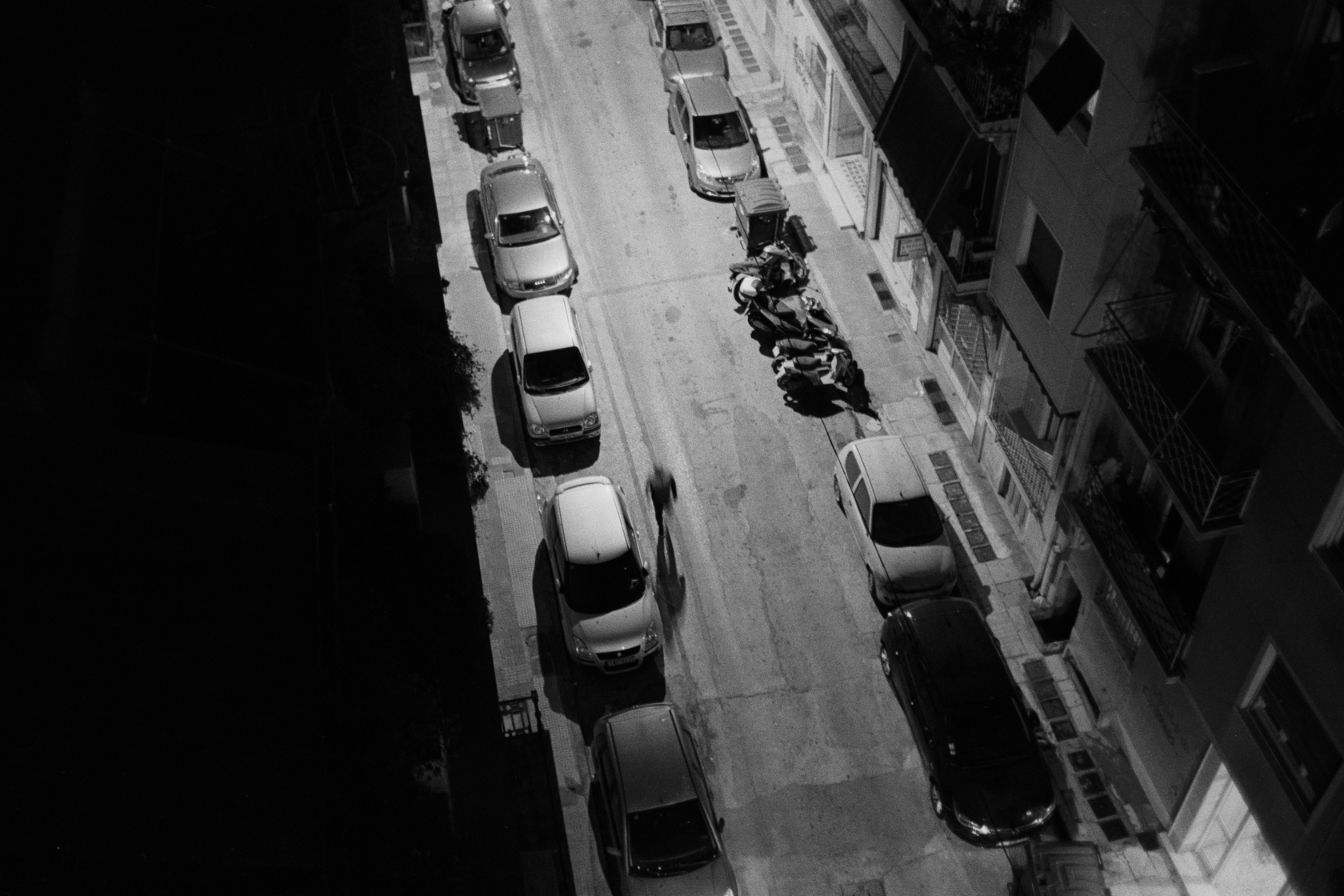
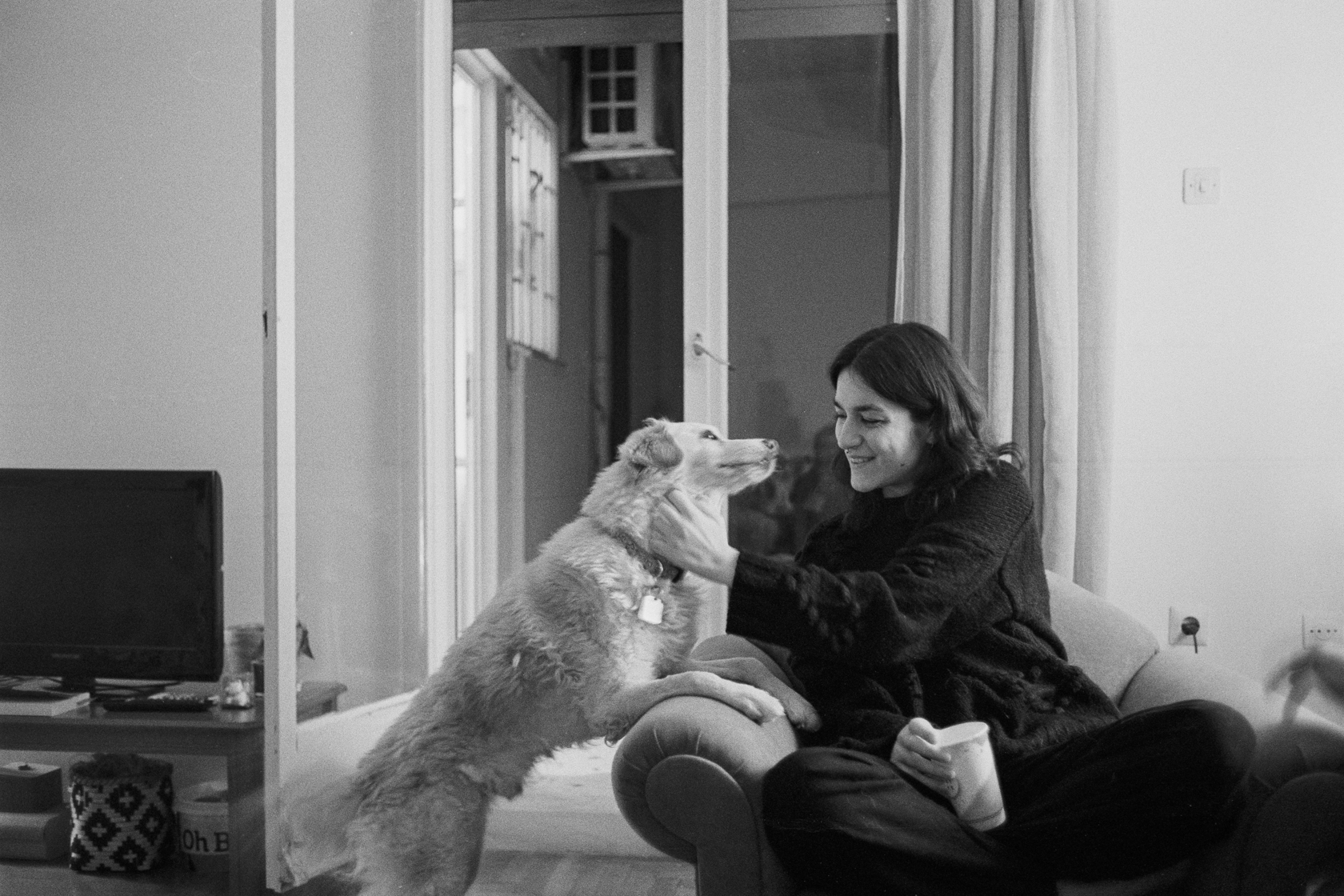
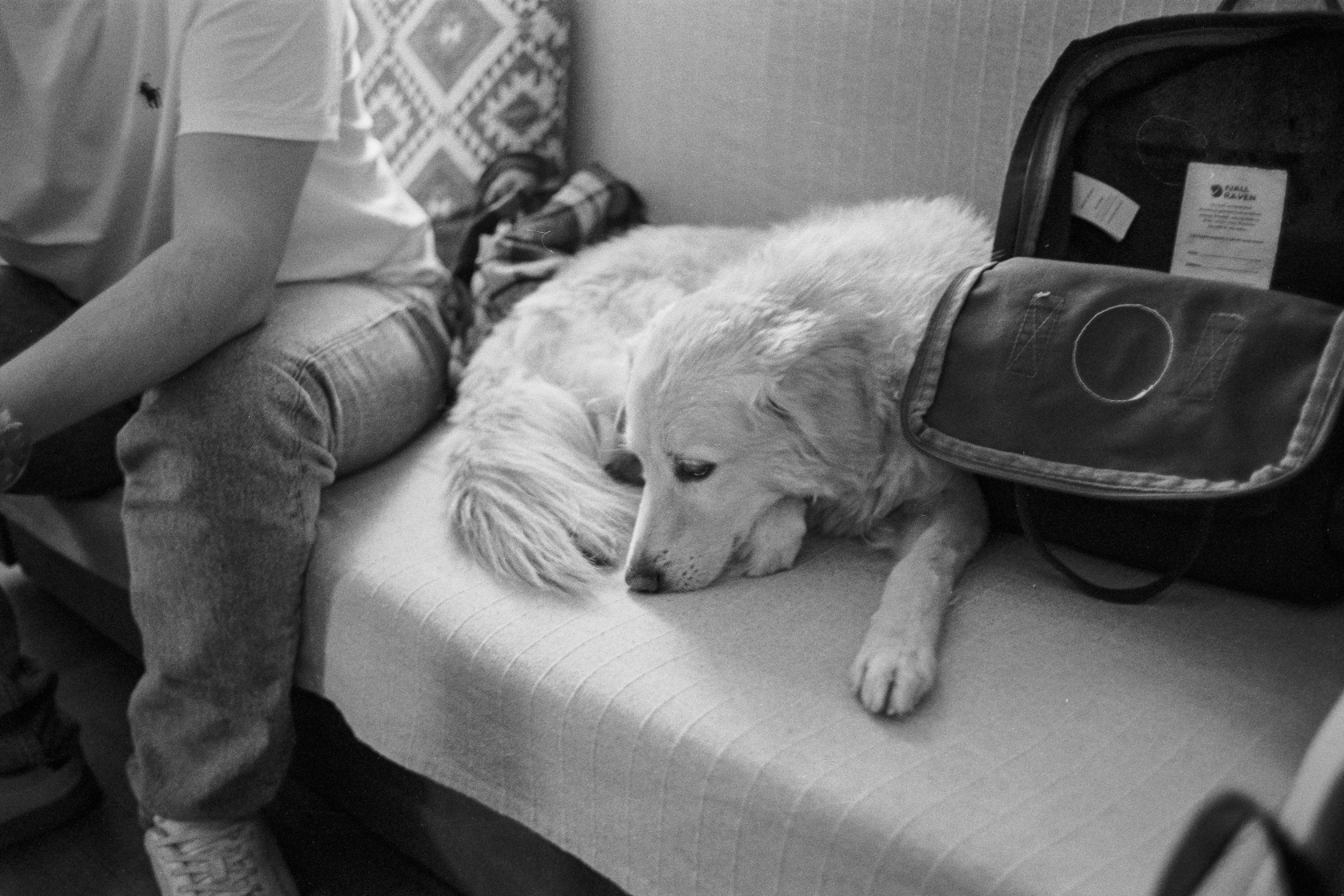
this was severely overexposed, had to tweak it quite a bit to get it to a “passable” level:

whereas here, the overexposure worked great, because the “spot” meter focused on the brightest area of the frame and compensated:
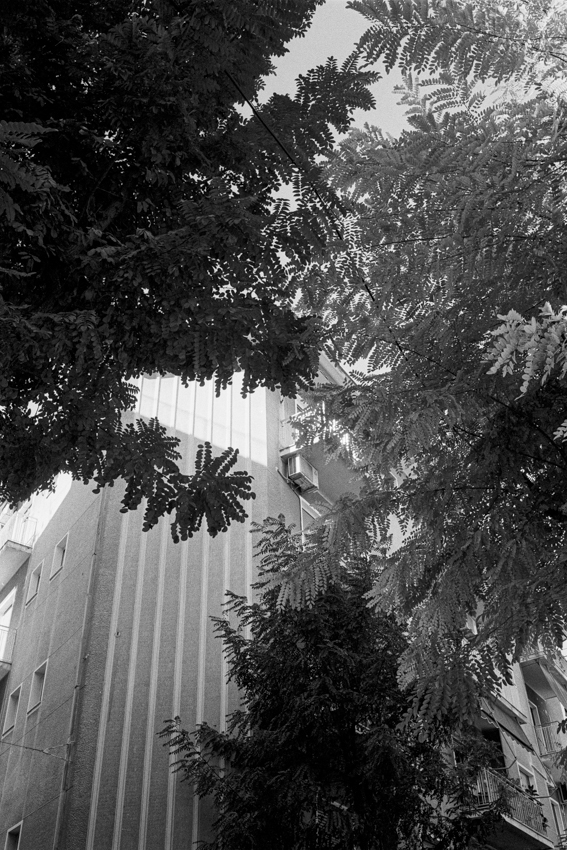
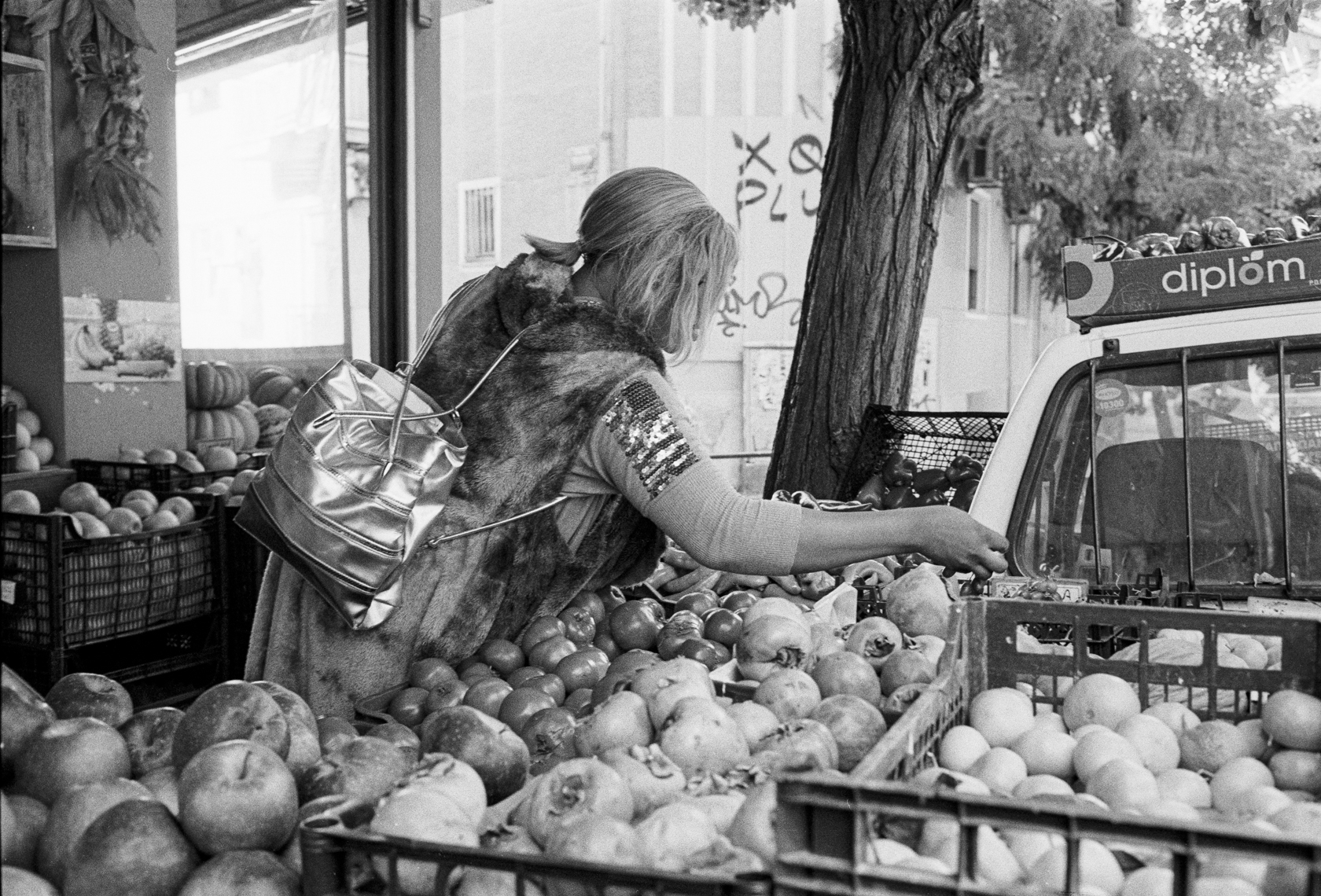
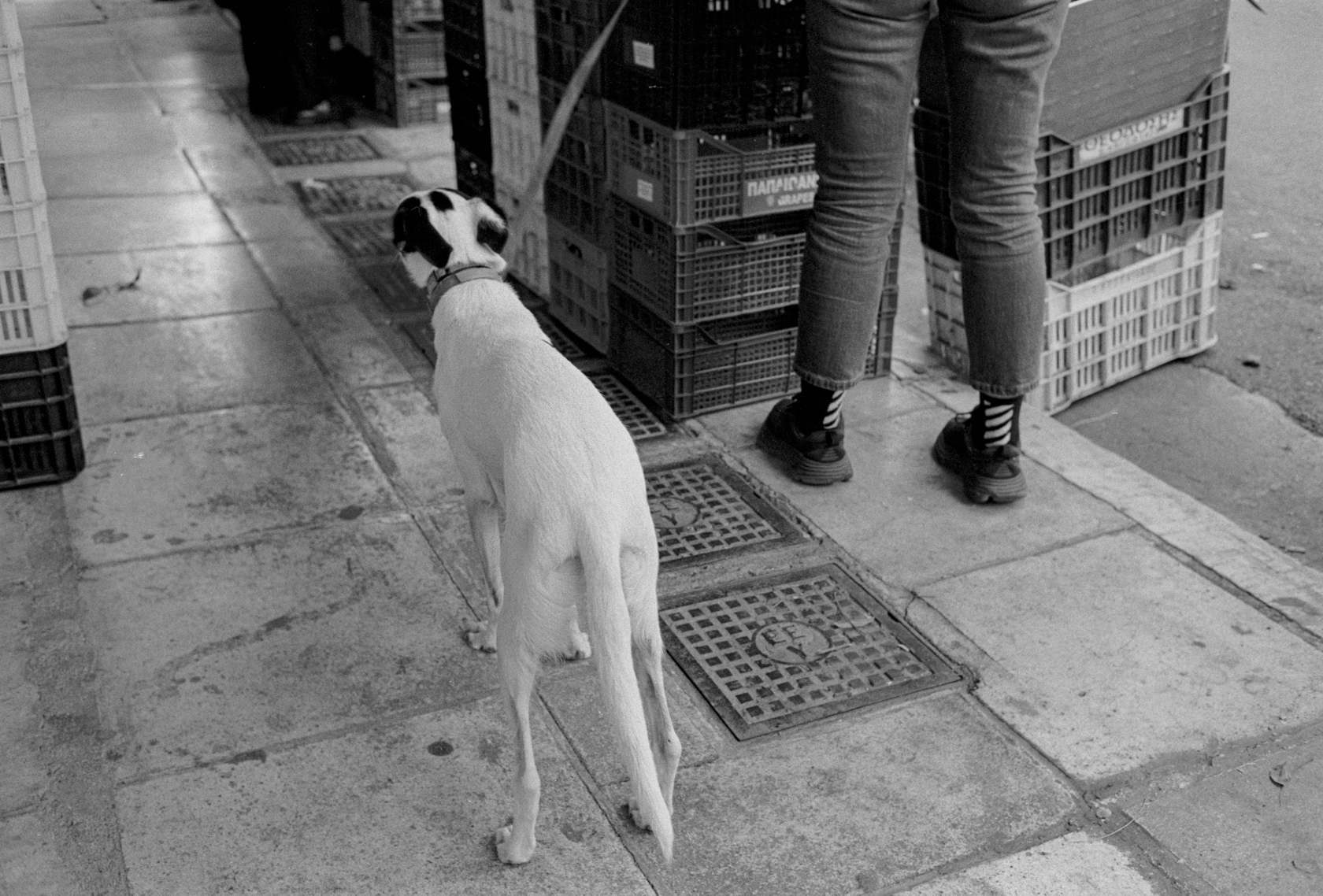
OK, so: It’s safe to say, I’ve enjoyed the overexposed shots much more, especially the slightly overexposed ones up top (shot @ 640, dev @ 800). For some reason, I did not like the properly rated shots very much (800 @ 800). I think I will rate the next test roll around ISO 400 and also underexpose part of it (at 640 and even 800) to see what happens. I will edit this post and add the results here.
Thanks for sticking around :)
